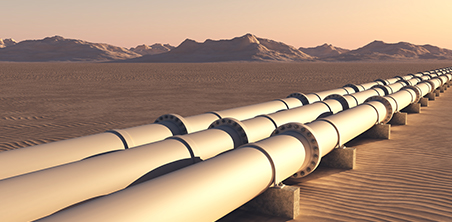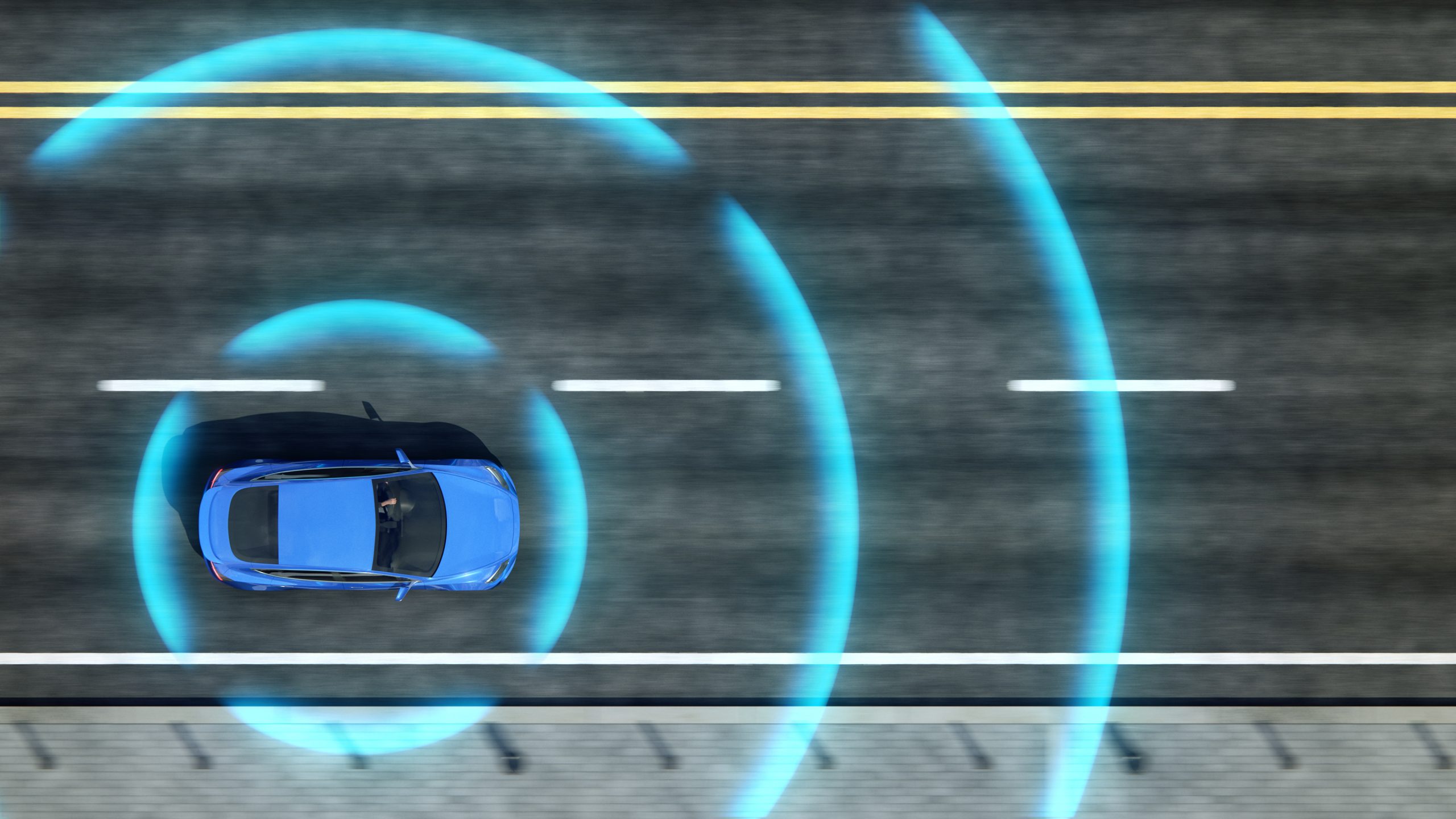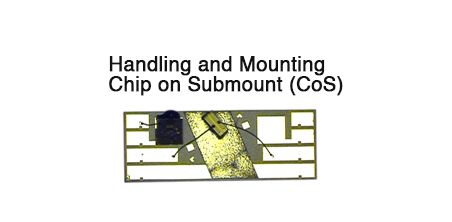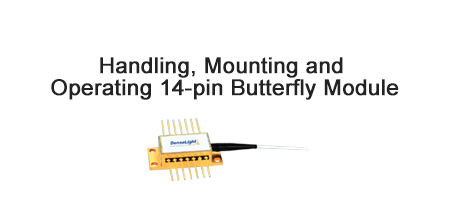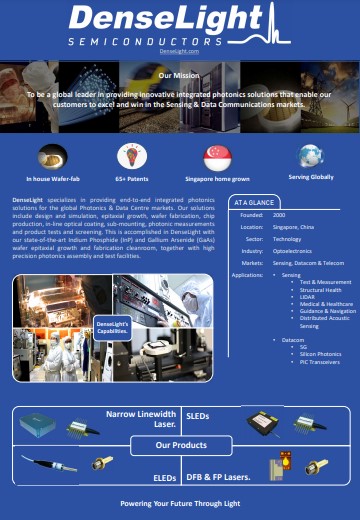No products in the cart.
Application Notes
Brochures/Catalog
Certification
This certificate is valid from 10 January 2022 until 09 January 2025 and remains valid subject to satisfactory surveillance audits. Issue 5. Certified since 10 January 2013.
Frequent Asked Questions
- What is the Mode-Hop-Free operating temperature region?
Mode-Hop-Free over operating temperature: 0 deg Celsius to 50 deg Celsius (customizable to 70 deg Celsius). - What is the current – wavelength tunability of the box?
Take 600um die as an example, average range is around 100pm for current tuning method, thus resulting in 1pm/mA rate of change.
B) 1654nm DFB TO-can
- What is the Power vs. Current linearity, Wavelength vs. Current linearity, Pout stability over time, RMS & Vpp?
We normally do not measure linearity and power stability. Pout stability depends a lot on the assembly scheme of the chip, TEC specs and drive, and heat dissipation. It would be difficult to quantify this without a common agreed platform. - What is the Effect of moisture/humidity on the TO-can?
TO-cap is laser-weld to TO-header, so TO-can should be hermetically sealed. Every TO can is leak checked to ensure it is hermetically sealed. The subcon use a leak check pressure of 0.52+0.02MPa / 75 +/-2 Psi. - What is the robustness of the TO-can, i.e., Corrosion of TO-can body & lens?
UDH (unbiased damp heat) reliability testing (85C / 85% RH / 500hrs) is carried out on the 4pin TO can. 7pin/8pin TO-can are also qualified in the similar way. - Is our lens material H-K9, N-BK7 or fused silica?
Lens material is H-K9L.
C) BX9 box
- Is SLED affected by power supply voltage and frequency?
For safe operation and in order to meet the specified performances, DL-BX9-CS5254A product must be powered with the power adaptor model Anthin API324-0540 provided by Denselight. The adaptor voltage range (100V-240V) and frequency range (50hz-60hz) are suitable for Japanese standard (100V-60Hz). - What is acceptable supply voltage fluctuation range?
90V-264V - How much will SLED be affected if supply voltage fluctuates 10%?
DL-BX9-CS5254A electronic driver contains Voltage filtering and Voltage regulation stages. Supply voltage fluctuations of 10% shall not affect the performances of the product. - For SLEDs, at what wavelength is the ripple measured & why?
We measure the ripple at the peak wavelength. The worst case ripple occurs at the peak power and hence we measure the ripple level in order to make sure that we meet the specs (which is specified to not exceed a certain MAX value). - When DenseLight measures ripple why do you scan with a sweep of +/- 2.5nm
There are two reasons why we scan with a sweep scan of +/-2.5nm to determine the ripple value. Firstly, only 5nm worth of ripple data is enough to compute the ripple value, and hence we zoom in to scan this 5nm, centered at the peak power. The 2nd reason is that to get accurate computation of the ripple factor, we need to scan with 10x higher wavelength resolution. If we do the scan over the full bandwidth of the SLED (then we have 10x more data points take a 10x longer time) – which lowers throughput. We only need to take the center 5nm scan to do the ripple computation.
D) BP1 box
- What would be the degree of polarization of the source?
The SLED output is a highly polarized light source but light after the fiber depends. So, if our customer needs polarization to be maintained, PM fiber will be used. Else, SM fiber will be used. - What would be the diode Temperature control range?
The diode temperature is set in Factory and cannot be modified by the user. - What is the optical power stability?
+/-0.03dB max over 1 hour; +/-0.1dB max over 8 hours.
E) SLED
- What is the RIN (Relative Intensity Noise) for SLED?
Please click here for more information.
Contact Us
We are ready to lead you into the future of light no matter where your business operates.

